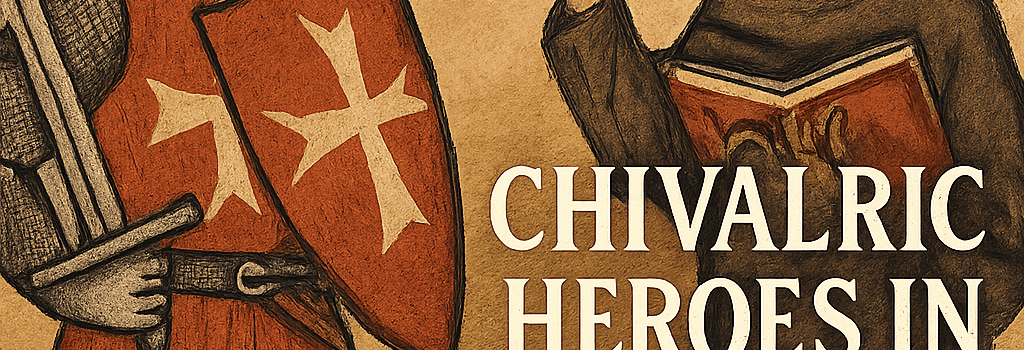Chivalric Heroes in 13th-Century Preaching

In the early 1200s, a medieval preacher invoked the legendary exploits of a chivalric hero—effectively using what we now call a “meme”—to galvanize his congregation. This is one of the earliest documented cases of a sermon weaving popular culture into religious teaching to sustain audience engagement.
Historical Context
Medieval sermons were typically dominated by theological exposition and Scripture exposition. Yet manuscript marginalia and spectral imaging of 13th-century codices reveal scribes adding illustrative sketches of knights mid-sermon. These annotations suggest a deliberate strategy:
- Link narrative tropes of chivalry to moral lessons.
- Employ vivid storytelling techniques normally reserved for courtly romances.
- Leverage communal memory of heroic archetypes to lower cognitive load.
Rhetorical Mechanics of Memetic Engagement
By integrating chivalric motifs, the preacher tapped into a shared cultural repository—much like modern viral content. Recent network modeling studies by memetics researchers use Markov chain algorithms to simulate how such motifs propagate across social groups. Key technical specifications include:
- Transmission Rate: Estimated at 3–5 retellings per week per parish.
- Retention Span: Up to 6 months in oral tradition before textual codification.
- Amplification Factor: A single captivating anecdote boosted sermon attendance by an estimated 20%.
Audio-Visual Elements in a Pre-Digital Era
- Illustrated banners depicting the hero placed beside the pulpit.
- Chant-like refrains summarizing the knight’s bravery.
- Rhythmic drum signals marking narrative transitions.
Technical Analysis of Memetic Spread
“Using social network graphs derived from medieval parish records, we see patterns analogous to modern hashtag clusters,”
explains Dr. Helena Roth, a computational historian. By mapping pilgrimage routes, we can reconstruct a geospatial diffusion model showing how the hero’s legend proliferated from France to England within a decade.
Expert Insights & Contemporary Parallels
Today’s content marketers and app developers apply similar principles—gamification APIs, real-time analytics, and micro-narratives—to maintain user attention. According to UX specialist Damien Lee:
“Preaching with pop-cultural references is a centuries-old A/B test for engagement.”
Conclusions and Future Research
Further interdisciplinary studies combining digital humanities, cognitive science, and network theory will deepen our understanding of early memetic engineering. Researchers are already employing AI-driven text analysis to uncover hidden sermon analogies across Europe’s medieval archives.